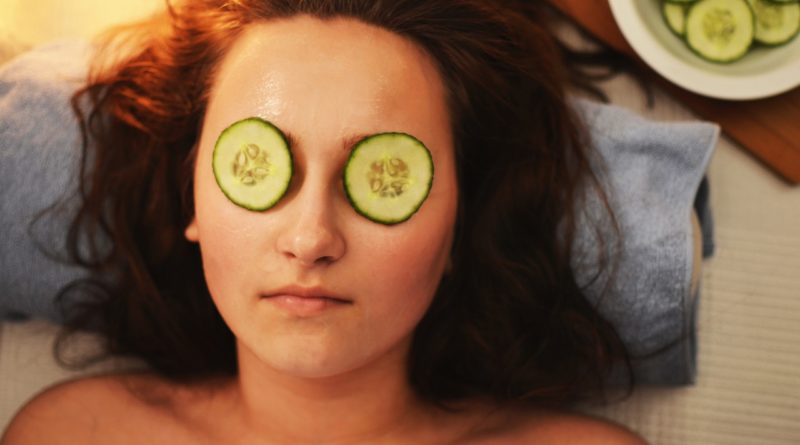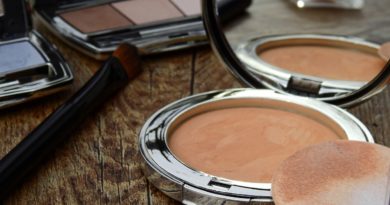Will microdermabrasion or skin needling give me better skin?
Cara McDonald, St Vincent’s Hospital Melbourne
Microdermabrasion and skin needling are relatively new fads in skin beauty treatments. While claims of their effectiveness for more serious skin conditions are probably overblown, they may be beneficial for minor, superficial complaints.
What is microdermabrasion?
Microdermabrasion has gained popularity over the last decade because it’s a simple and cost-effective treatment for the skin with minimal recovery time. It’s important to differentiate microdermabrasion from dermabrasion, which is an invasive procedure that has been used to treat UV damage and skin scarring for decades.
Dermabrasion is a traditional skin resurfacing treatment, usually performed under a general anaesthetic. It uses a specialised “sanding” device to strip off deep layers of the skin, leaving an open wound that may take several weeks to heal. This repair results in the formation of new skin and improvement in skin quality. But it carries significant risk of complications such as hypopigmentation (whitening of the skin) and scarring. Dermabrasion isn’t done much anymore, because lasers can do the same job but more carefully and precisely.
Microdermabrasion, in contrast, is non-invasive and low risk. It uses a high-pressured stream of fine crystals to “polish” the skin. This is effective in removing superficial layers of dead skin cells, but it doesn’t wear away the deeper layers of the skin. It’s essentially painless and side effects such as mild redness are minimal. It’s safe for most skin types, requires no time off work, and aims to improve skin texture and radiance.
Read more – Health Check: is makeup bad for your skin?
Does it work?
Despite being one of the most popular cosmetic procedures performed, most physicians believe microdermabrasion has minimal clinical effect. This perception is partly due to the widespread marketing of microdermabrasion for a variety of inappropriate indications such as deep wrinkles and scars. These contour changes require stimulation of deeper skin layers or damage to initiate enough rejuvenation and repair to see any clinical improvement. They will not improve noticeably with a mild and superficial mechanical treatment such as microdermabrasion.
However, there is some evidence that microdermabrasion can stimulate the production of collagen, the protein that gives our skin strength and elasticity. This may help “fill in” superficial contour changes such as fine wrinkles and mild scarring. It can also improve the absorption of active skin care ingredients such as vitamin A or antioxidant creams by removing the outer barrier layer of the skin. It’s most useful in achieving a minor improvement in the textural irregularities and pigment changes that occur from sun damage.
What is microneedling?
Microneedling is a relatively new but popular cosmetic procedure used for skin regeneration and treatment of various skin conditions such as scarring, wrinkles and stretch marks. It’s considerably cheaper than other rejuvenating procedures such as resurfacing lasers, and has been found to be reasonably effective at promoting collagen.
The procedure involves the use of an automated pen or roller device studded with microneedles as small as 0.1mm in diameter. It creates numerous micro-punctures through the skin with minimal damage to the upper epidermal layer, but microscopic injury to the deeper dermal layer. The injury and minor bleeding trigger a “wound-healing” cascade in the skin. This results in increased collagen and elastin (elastic fibers) production and some degree of repair.
Microneedling is usually performed using a topical anaesthetic cream to ease discomfort, and may take 10-20 minutes depending on the size of area being treated. The skin should ideally be pre-treated with appropriate skin care products that can boost skin regeneration, such as retinoid (vitamin A) creams, and antioxidants including vitamin C. Following the procedure, patients can expect some pinpoint bleeding that settles quickly, as well as redness and some minor discomfort. They may experience some mild swelling and persistent redness for a few days.
Read more – Health Check: do we have to clean out our pores?
Fortunately, complications are uncommon. Skin infections, reactivation of herpes simplex (cold sores), inflamed pigmentation and aggravation of skin diseases have been reported. Raised scarring has also been reported, but is rare. The superficial needle holes close rapidly (in around 15 minutes), which means getting a skin infection is highly unlikely.
Does it work?
Studies have shown significant improvement in the appearance of wrinkles and scars following microneedling, due to collagen and elastic fibre production that help the skin become more “filled out”. The tiny injuries to the dermal (deeper) layer of the skin cause an inflammatory cascade, triggering proliferation of cells in the dermis (upper layer) and subsequent new skin formation.
Researchers have demonstrated increased collagen and elastin thickness in skin biopsies after microneedling, and this improvement is usually evident within three to four weeks. Further changes can be seen for some months.
Although definite improvement is usually seen, it may be subtle and slow. The efficacy and results may be enhanced using combination treatments such as microneedling with chemical peels or platelet-rich plasma (components found in blood that enhance healing). In most studied cases, people required multiple treatments over a long period of time to achieve good results.
Generally speaking, the more aggressive a procedure is, the fewer the number of treatments required to achieve the desired result. But this also means more healing time. Choosing the right option can be a complicated process, and depends on the nature and severity of the patient’s problem, coexisting complaints, skin type and desired outcome, as well as budget and lifestyle factors.
![]() Some clinicians may promote a procedure due to availability and experience, but the cumulative cost and ability to achieve the desired result should be carefully considered in all cases before embarking on treatment.
Some clinicians may promote a procedure due to availability and experience, but the cumulative cost and ability to achieve the desired result should be carefully considered in all cases before embarking on treatment.
Cara McDonald, Consultant Dermatologist, St Vincent’s Hospital Melbourne
This article was originally published on The Conversation. Read the original article.



